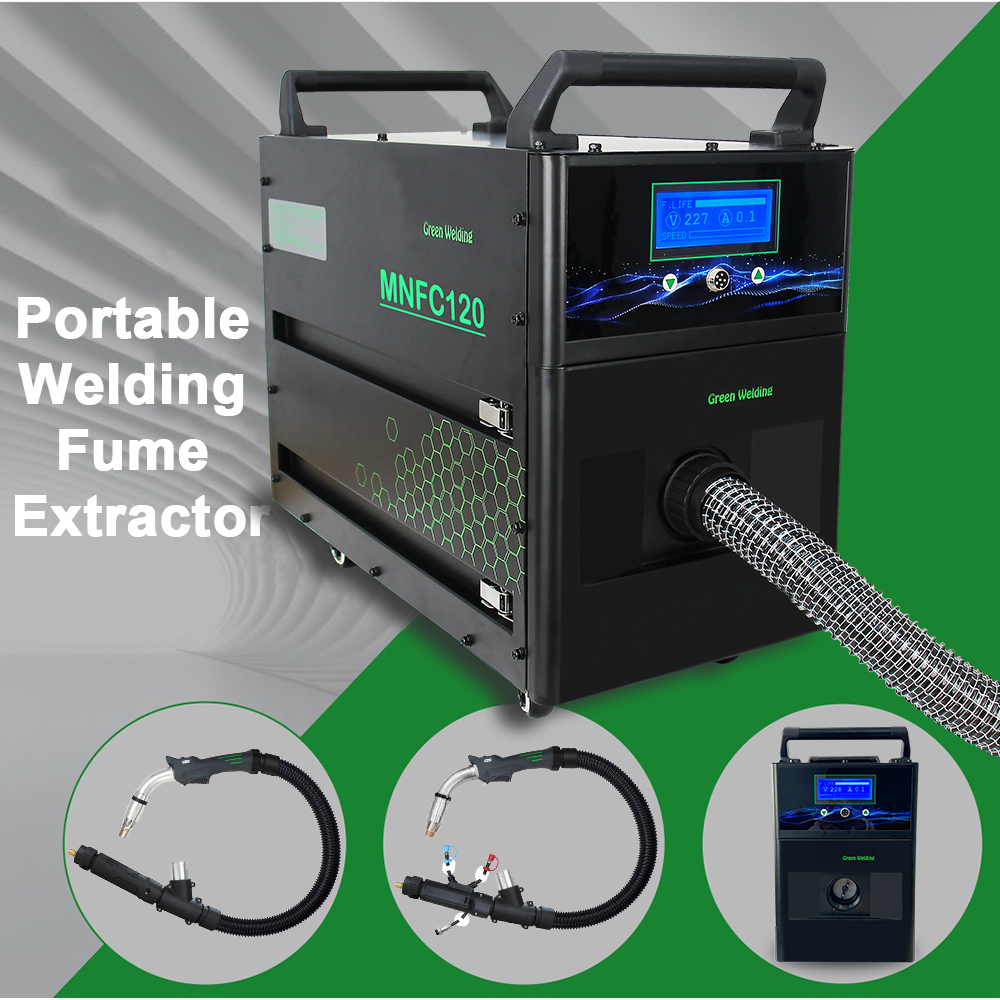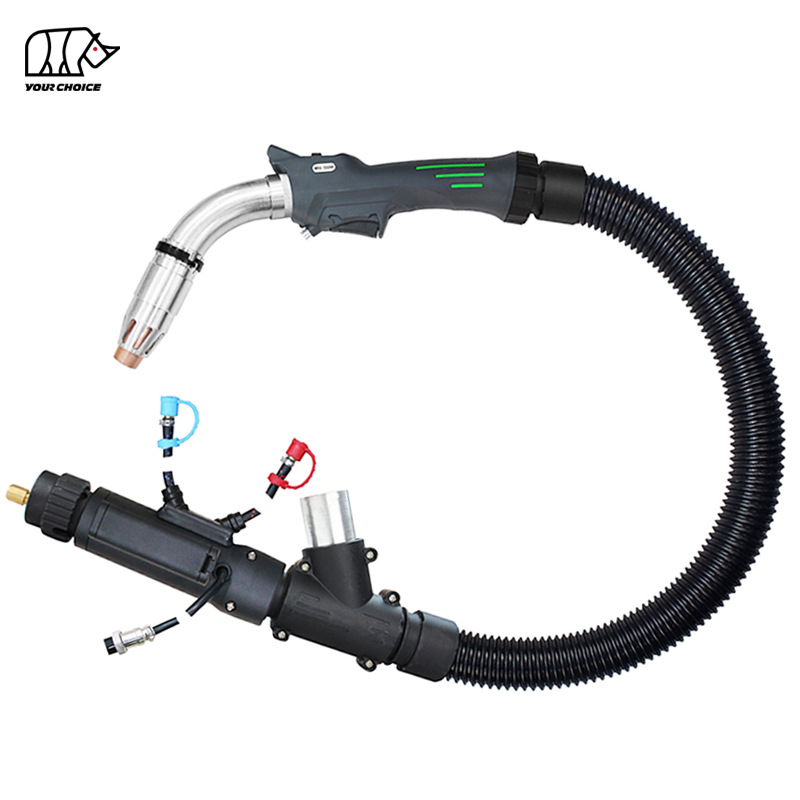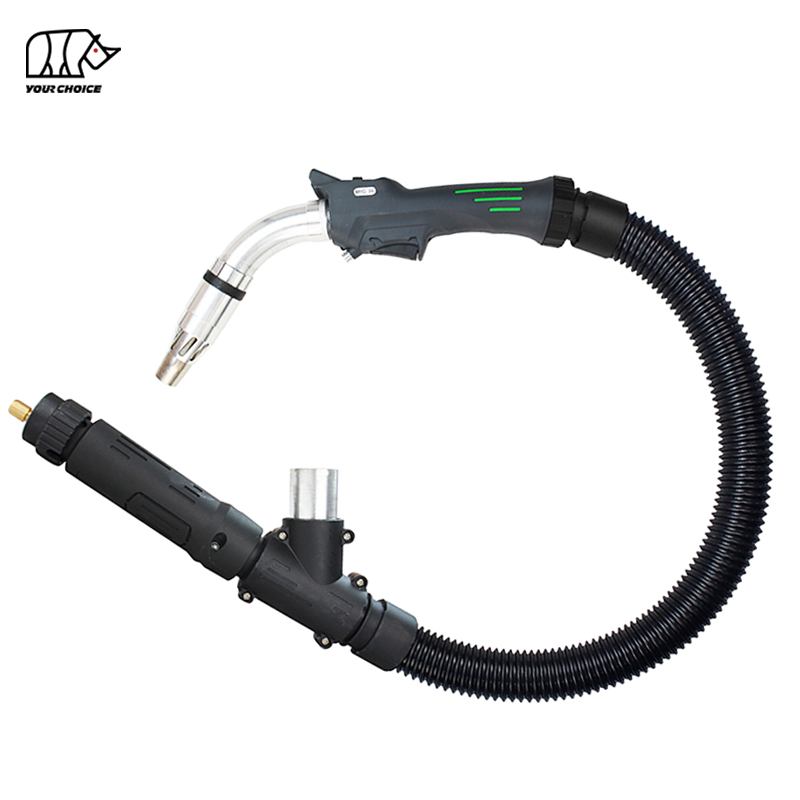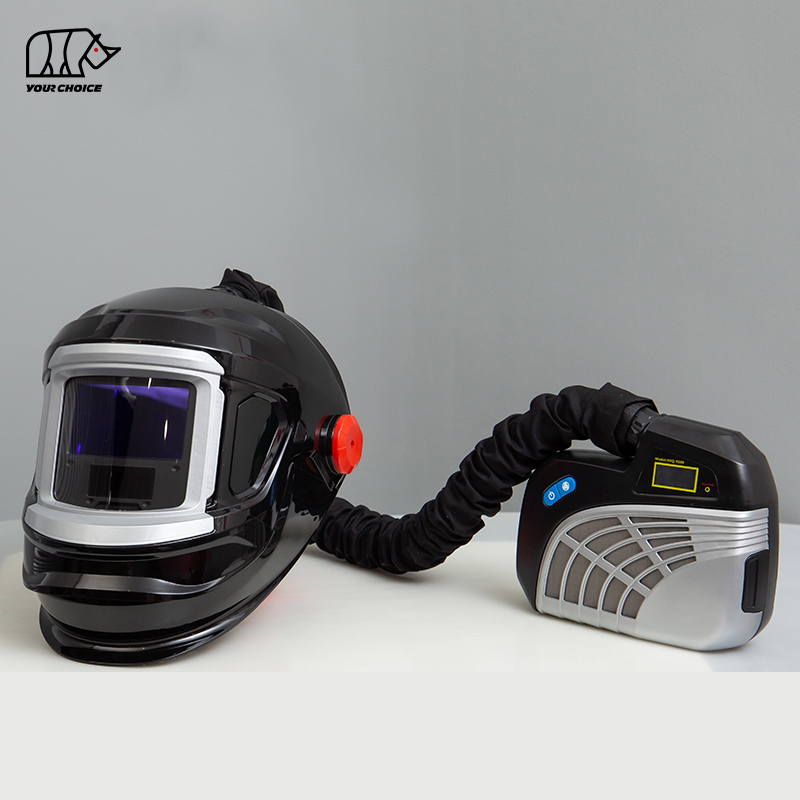Introduction
Welding is a fundamental process in various industries, from automotive and construction to manufacturing. However, it comes with a significant challenge: welding fumes. These fumes contain a complex mixture of metal oxides, gases, and particulates that can pose serious health risks to welders and other workers in the vicinity. Prolonged exposure to welding fumes can lead to respiratory issues, neurological damage, and even cancer. Therefore, finding the best way to remove welding fumes is not just a matter of workplace comfort—it's a critical health and safety concern.
In this blog post, we will explore the most effective methods and technologies available for removing welding fumes. We'll discuss the importance of proper ventilation, the use of specialized equipment, and other strategies that can help create a safer working environment.
Understanding Welding Fumes
Before diving into the solutions, it's essential to understand what welding fumes are and why they are harmful. Welding fumes are primarily composed of fine particles that are created when metal is heated and vaporized during the welding process. These particles can include various metals such as lead, cadmium, and chromium, as well as gases like carbon monoxide, nitrogen oxides, and ozone. The size of these particles allows them to remain airborne for extended periods and penetrate deep into the lungs when inhaled.
Health Risks Associated with Welding Fumes
The health risks associated with welding fumes are well-documented. Short-term exposure can cause symptoms like irritation of the eyes, nose, and throat, dizziness, and headaches. Long-term exposure, however, can lead to more severe conditions such as:
Respiratory Diseases: Pneumonia, bronchitis, and asthma-like symptoms are common among welders.
Neurological Damage: Metals like manganese in welding fumes can cause neurological disorders similar to Parkinson's disease.
Cancer: Certain components of welding fumes, such as hexavalent chromium, are classified as carcinogenic.
Given these risks, it is crucial to implement effective measures to minimize exposure to welding fumes.

The Best Methods to Remove Welding Fumes
1. Local Exhaust Ventilation (LEV)
Local Exhaust Ventilation (LEV) is widely recognized as one of the most effective methods for removing welding fumes. LEV systems work by capturing fumes directly at the source, preventing them from dispersing into the general workspace. The closer the extraction point is to the welding arc, the more effective the system will be in capturing the fumes.
Types of LEV Systems
Fume Extraction Arms: These flexible arms can be positioned close to the welding area. They are highly effective for manual welding processes and can be easily adjusted to different angles and positions.
Fume Extraction Hoods: These hoods are placed near the welding source and are particularly useful for larger welding operations.
Fume Extraction Nozzles: These nozzles can be attached to welding torches, allowing for direct capture of fumes at the point of generation.
Downdraft Tables: These tables are equipped with built-in ventilation systems that pull fumes downward and away from the welder. They are ideal for smaller welding projects and individual workstations.
2. On-Torch Extraction
On-torch extraction is an innovative method that integrates the fume extraction nozzle directly into the welding torch. This allows for the capture of fumes right at the weld pool, minimizing their dispersion into the workspace. This method is highly effective for certain welding processes and offers increased mobility for the welder compared to traditional extraction methods.


3. General Ventilation
While not as effective as LEV, general ventilation can still play a role in reducing welding fume exposure. This includes natural ventilation through open windows and doors, as well as mechanical ventilation using exhaust fans. General ventilation helps to dilute and disperse fumes throughout the workspace, reducing their concentration in the air.
4. Choosing Low-Fume Processes and Consumables
Another effective strategy is to select welding processes and consumables that naturally produce fewer fumes. For example, TIG welding generally produces less fume than MIG or stick welding due to its lower heat input and the use of a non-consumable electrode. Additionally, choosing low-fume consumables such as specific filler materials and flux-cored wires can help minimize fume production.
5. Personal Protective Equipment (PPE)
Even with effective ventilation and extraction systems in place, it is crucial to provide welders with appropriate Personal Protective Equipment (PPE). High-quality respirators or Powered Air-Purifying Respirators (PAPRs) can significantly reduce the risk of inhaling harmful fumes. Other PPE, such as protective clothing, gloves, and safety goggles, should also be worn to protect against other hazards associated with welding.


6. Regular Maintenance and Housekeeping
Proper maintenance of ventilation and extraction systems is essential to ensure their continued effectiveness. Filters should be replaced regularly, and ducts and extraction arms should be checked for obstructions. Additionally, keeping the workspace clean by removing dust and particulates can prevent the re-suspension of contaminants into the air.
7. Advanced Techniques and Technologies
For larger operations or high-fume processes, advanced solutions such as air filtration units and custom welding enclosures can provide further safeguards. High-Efficiency Particulate Air (HEPA) filters and air purification units can improve overall air quality by removing fine particles and gases from the workshop environment. Custom welding enclosures with integrated ventilation systems can trap fumes while maintaining sufficient airflow, reducing exposure for nearby workers.
8. Automated and Robotic Welding Solutions
Automation can significantly reduce worker exposure to welding fumes by removing the need for a human welder to be in close proximity to the welding process. Automated welding systems and robotic arms can perform repetitive welding tasks with precision and consistency, allowing workers to control the process from a safe distance. While the initial costs of these systems can be high, they offer substantial long-term benefits in terms of productivity and worker safety.
Conclusion
Managing welding fumes is a critical aspect of maintaining a safe and healthy workplace. By implementing effective ventilation systems, using low-fume welding processes and consumables, providing appropriate PPE, and maintaining a clean and organized workspace, you can significantly reduce fume exposure. Advanced techniques such as downdraft tables, air filtration units, and automation further enhance worker safety and overall air quality.
Investing in the best methods to remove welding fumes not only protects the health of your workers but also promotes a more productive and compliant working environment. Prioritizing these measures is essential for any business involved in welding operations.
If you have any questions or need further guidance on selecting the right fume extraction system for your workshop, feel free to reach out to experts in the field. Your workers' health and safety should always be your top priority.
English
简体中文
العربية
Français
Русский
Español
Português
Deutsch
italiano
日本語
한국어
Nederlands
Tiếng Việt
ไทย
Polski
Türkçe
ភាសាខ្មែរ
Bahasa Melayu
Filipino
Bahasa Indonesia
magyar
Română
Čeština
Монгол
қазақ
Српски
हिन्दी
فارسی
Slovenčina
Slovenščina
Norsk
Svenska
українська
Ελληνικά
Suomi
Latine
Dansk
বাংলা
Hrvatski
Afrikaans
Gaeilge
Eesti keel
नेपाली
Oʻzbekcha
latviešu
Azərbaycan dili
Беларуская мова
Bosanski
Български
ქართული
Lietuvių















